66 min.
Frank’s notes for this discussion:
✅ Compassion as Strategic Design Practice
-
Compassion shouldn’t be optional or situational
→ In healthcare, it’s core. Why not elsewhere?
-
Don’t pick and choose when to care
→ Let it hit you if it needs to—then act
-
Use compassion as a signal to escalate
→ It’s not soft; it’s about paying attention
→ Escalate stories when others need to understand
✅ Compassion ≠ Language, It’s Action
-
You don’t need to say “empathy” or “compassion”
→ Just communicate priority through storytelling to design in a way that centers the ‘pain point’
-
Think of compassion as an action layer of empathy
→ Make it visible in your decisions, not just your feelings
✅ Be Aware of Power Dynamics
-
Design teams must examine who holds power
→ If you don’t, you’ll miss chances to be more inclusive
-
Don’t expect people to be “the face” of their group
→ Use stance theory: respect without overexposure
-
Trauma-informed practices should be part of design work
→ Especially when working with marginalized communities
✅ Protect Yourself While Staying Present
-
Working with vulnerable groups (e.g., homeless people)?
→ Create boundaries to prevent burnout
→ Have a practice for emotional distance without detachment (don’t take your user’s suffering home, but don’t run away from it at work— raise it as a way for corporate teams to escalate their responsiveness (to real-life cases).
-
Improv mindset:
→ Read the context, adapt your tone, don’t force it
✅ Research with Realness and Respect
-
Tactical compassion = dig deeper with users while interviewing when something feels important
→ If they hint at a problem, explore it gently
-
Deep curiosity means going off-script
→ Let them lead where needed (avoid robot “next question” tactics)
-
Bring your full self—not just your “researcher” mask
→ It builds connection, especially across age and culture
-
Example:
→ Working with kids? Don’t try to be cool—just be real
-
Cultural tip (UK + others):
→ Sometimes sharing a bit about yourself builds trust. Do it intentionally, you might get into uncomfortable space or take the focus off them (which is why this is usually frowned upon in user research).
✅ Use Visual + Narrative Tools
-
Use storytelling to escalate and explain to stakeholders
-
Try collage methods like Z-MET: (see adaptations)
→ Images, characters, metaphor = emotional clarity
→ Zoom in/zoom out to show the context
- Collage methods can help explore in a way interviews can’t.
Reading Circle- Design for Real Life
Join us for Design for Real Life (now a Free book)
Design for Real Life by Eric Meyer and Sara Wachter-Boettcher is a must-read if you want to move beyond generic “user-centered” design and build products that truly support people— especially in moments of stress, trauma, or exclusion. The book challenges the notion of edge cases, demonstrating how often these are genuine, yet frequently overlooked, user experiences. It provides practical, actionable guidance for creating more inclusive and compassionate digital experiences. If you work in UX, content, or service design, this short, clear book will shift how you think about responsibility and care in design. It’s a quick read with a lasting impact.
Why this matters: For our book club, this discussion matters because it pushes us to reflect on our own work. How can we better connect the dots between research, design, and real-world impact? How do we close the loop in our own processes to ensure we’re designing responsibly? Let’s explore together
Feel free to join as many Reading Circles as possible (you don’t have to attend all of them to participate).
Reading Schedule
| Date |
Chapters |
Pages |
1 July11:00 EDT/16:00 BST (UK) |
IntroductionChapter 1 “Challenge Your Vision”
Chapter 2 “Make Space for Real People”
|
1-40 |
15 July11:00 EDT/16:00 BST (UK) |
Chapter 3 “Incorporate Stress Cases”Chapter 4 “Communicate Context and Intent” |
41-65 |
29 July11:00 EDT/16:00 BST (UK) |
Chapter 5 “Cultivate Compassion”Chapter 6 “Learn from Users” |
66-91 |
| 5 August11:00 EDT/16:00 BST (UK) |
Chapter 7 “Humanize Your Process”Chapter 8 “Make the Case”
Conclusion |
92-119 |
